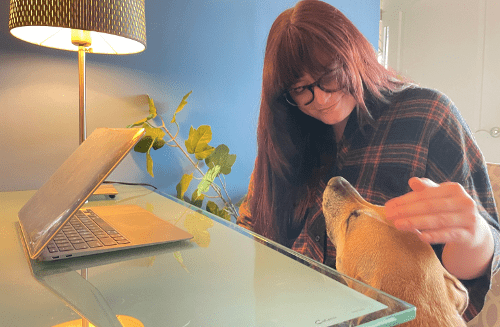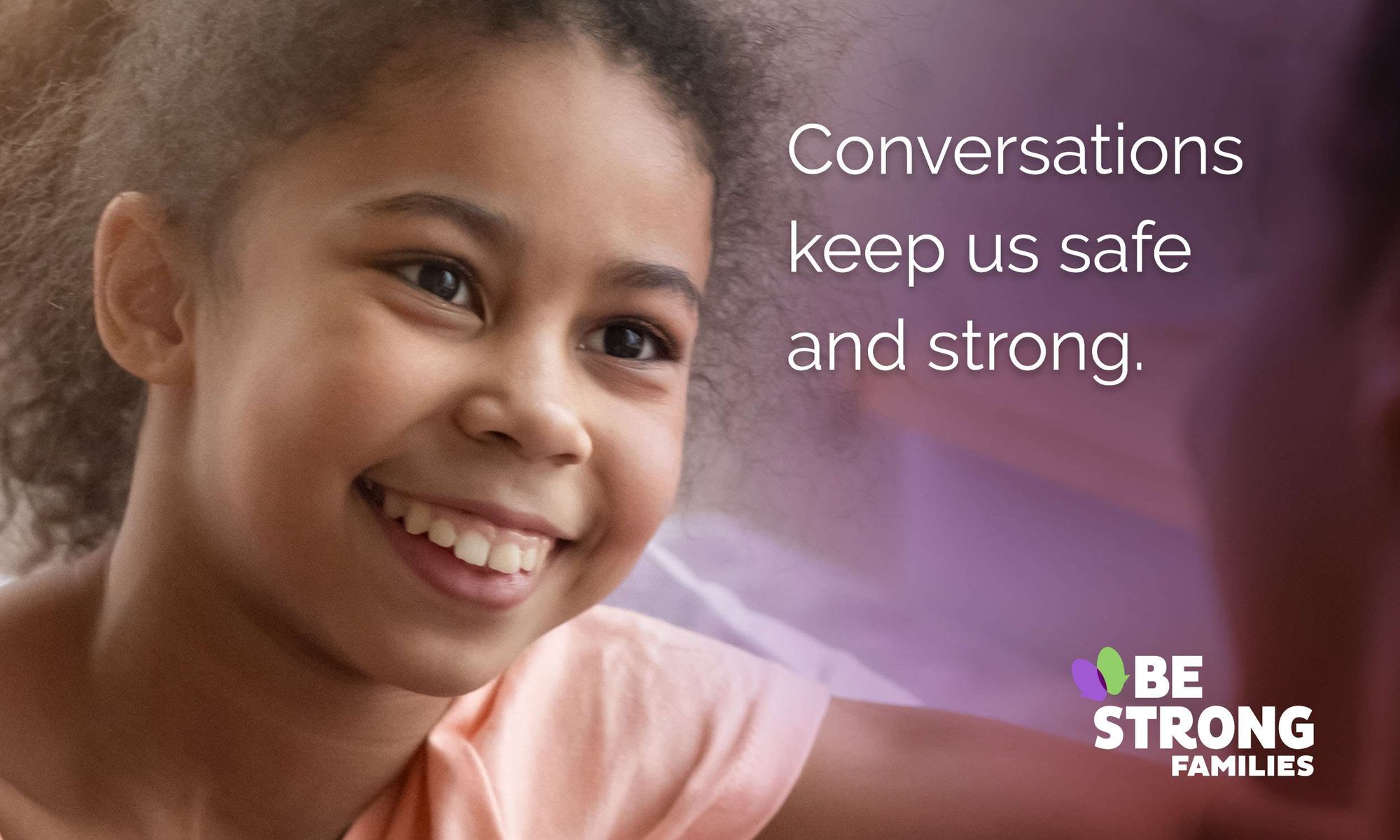Strategic brand, communication, and marketing solutions for nonprofits & associations
We create engaged experiences that resonate & transform.











Our suite of services, from content marketing and digital strategy to website development, are specifically designed for nonprofits and associations. Yodelpop’s integrated approach ensures your marketing efforts are cohesive, amplifying your message and driving tangible results. Experience the synergy of a unified marketing effort tailored to your needs.
integrated marketing for greater impact
specialized expertise for nonprofit success
At Yodelpop, we don’t just understand the nonprofit world; we're deeply embedded in it. Our specialized expertise means we’re uniquely equipped to handle your distinct challenges—from donor engagement to effective member communication. With Yodelpop, navigate the nuances of mission-driven marketing with a partner who gets it.
As a certified HubSpot Solutions Partner, Yodelpop brings advanced technology to your marketing strategy. Leverage the power of leading CRM, marketing automation, and analytics tools to enhance your effectiveness and efficiency. With us, technology meets purpose, driving your mission forward.
tech-enabled solutions with HubSpot
a partner in your mission
More than a service provider, Yodelpop shares your commitment to making a difference. Our mission-driven approach aligns with your values, ensuring we’re not just working for you, but with you, towards a common goal. Find a partner who cares deeply about propelling your cause forward.
Our commitment to innovation means we're always looking ahead, developing digital products, exploring niche platform integrations, and more. With Yodelpop, embrace a future where your marketing strategies are not just current but leading the way in driving impact through innovation.
innovation at the forefront
scalable solutions to grow with you
Whether you're a small organization or a large one, Yodelpop offers scalable marketing solutions designed to evolve with you. Our flexible, tailored services ensure that as your organization grows, your marketing capabilities can too, without missing a beat.
Get Started
Book your Discovery Consultation call to uncover hidden obstacles and unleash measurable growth

We're easy to talk to, but serious when it comes to guiding your marketing strategy. We go beyond just executing tactics; we ensure that every marketing activity is deeply rooted in your organization's objectives, mission, and growth ambitions.
Our commitment is to deliver marketing ROI, and ensure that every step we take together is a step towards meaningful impact and sustainable growth.


